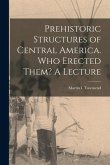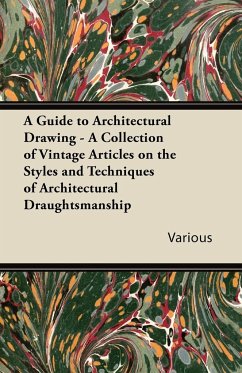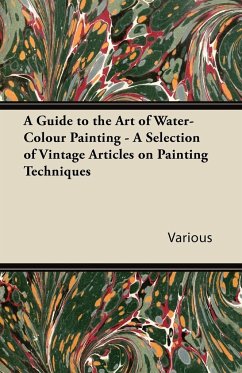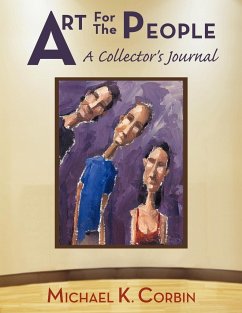WHAT MAKES A PHOTOGRAPH COLLECTIBLE? WHAT MAKES VINTAGE CLOTHING COLLECTIBLE? HOW DO WE EVALUATE WHAT TO KEEP? PHOTOGRAPHERS' VINTAGE TREASURES is just that--it features wonderful historical photography such as A. O. Carpenter's and Hazeltine's of that era, as well as other quality itinerant and studio photography. This early pioneer 1880-1920 photography showing never-seen-before logging and railroading scenes is museum quality. The remaining photography, folk tales and general history of the Charles Wolff family, and their relatives, provides a photojournal back in time. It includes rare photographs and stories of two ghost towns. This is the completion of an unusual historical book that Shelley Antilla's mother had researched in the 1950's, based on original Mendocino County, CA photographs of her pioneer family. Shelley has used the photos to evaluate the clothing as antiques and vintage clothing, with the result that this is a valid VINTAGE CLOTHING PRICE GUIDE as well. This is a storehouse of information you will not want to miss! It presents a valuable provenance on her family: including people, photographs and clothing. This also is presented to be a guide for people having to liquidate treasured items of their own, as a beginning step of the type of things they need to look for. Antique stores and museums, will benefit, as well as the readers of this book, as people walking in to donate or preserve treasure, will be much more able to make discriminating choices of items. It helps for counselors to have a book to hand those to take home and read first as well; when needing help with those first steps without the emotional trauma of "looking at their own things" just yet. THIS BOOK IS WORTH YOUR TIME!
Hinweis: Dieser Artikel kann nur an eine deutsche Lieferadresse ausgeliefert werden.
Hinweis: Dieser Artikel kann nur an eine deutsche Lieferadresse ausgeliefert werden.








